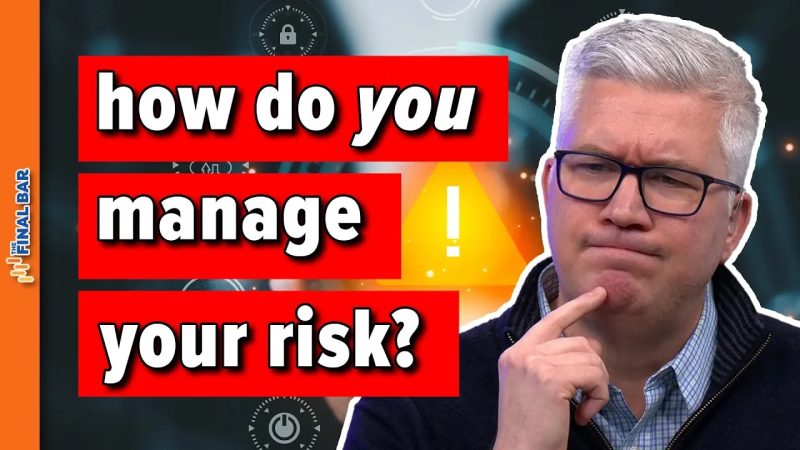
Unlock Success: Mastering Risk Management through Technical Analysis!
Technical analysis is one key strategy used by seasoned investors to appreciate trends, comprehend market cycles, and ultimately, manage risk more effectively. Successfully managing this risk relates to three primary components: risk identification, risk assessment, and risk mitigation.
1. Risk Identification
The first step in implementing technical analysis for risk management is identifying possible risks. Price charts are primary tools in risk identification. These charts provide visual representations of price movements over time. Price trends and patterns then serve as indicators of potential risks or opportunities.
Three of the most common types of price charts are line charts, bar charts, and candlestick charts. Line charts are the simplest, showing only closing prices over time. Bar and candlestick charts, however, provide details about opening, closing, high, and low prices and are thus richer in information.
Volume also plays a significant role in risk identification. It refers to the number of shares or contracts traded in asset or security and can indicate the strength of a price move. If a price rises dramatically with high volume, it indicates a strong upward trend. Conversely, a dramatic price drop with high volume suggests a strong downward trend.
2. Risk Assessment
After identifying potential risks, the next step is to assess these risks. Two important tools that assist in risk assessment are moving averages (MA) and Relative Strength Index (RSI).
Moving averages can help investors determine market trends by equating the average price of an asset or index over a specific period. If prices move above the moving average line, it may indicate a bullish trend, while movement below might signify a bearish trend.
The Relative Strength Index, on the other hand, assesses price momentum. A reading below 30 generally indicates an oversold market condition, suggesting a possible price increase, while a reading above 70 might signify an overbought market condition, suggesting a potential decline in prices.
3. Risk Mitigation
Finally, mitigating risk factors is key to executing a successful investment strategy. Two common technical indicators used in risk mitigation are stop-loss orders and diversification.
A stop-loss order can limit an investor’s loss on a security position by defining a sell point. For instance, an investor who has bought a stock at $50 may place a stop-loss order at $45. This means if the stock falls to $45 or below, it will automatically be sold, limiting the investor’s loss.
Diversification is another key risk mitigation strategy that can be facilitated by technical analysis. By having
